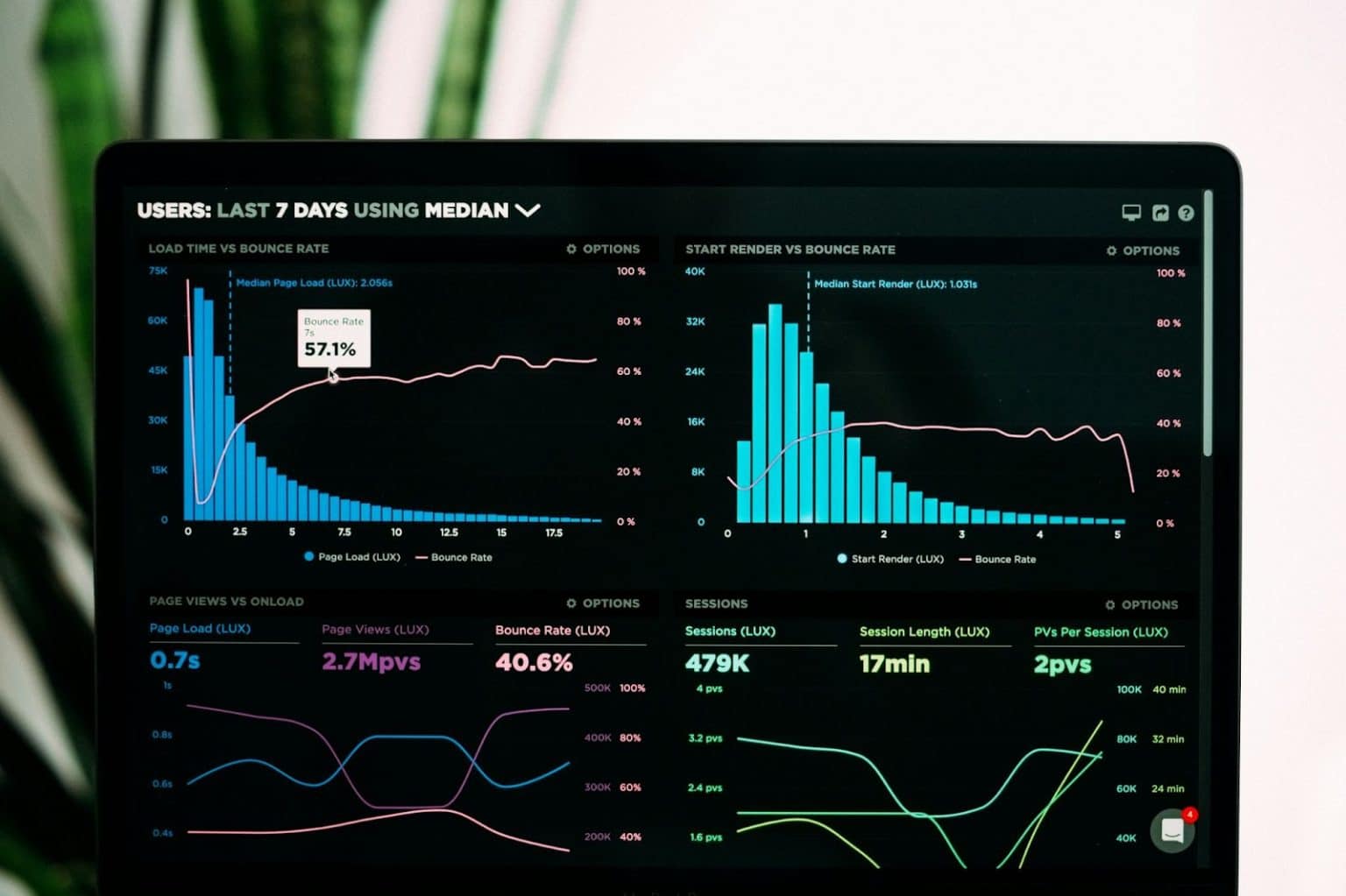The thrill of a roulette spin or a blackjack hand feels spontaneous, but nothing in a casino is left to chance. Every game, offer, and player interaction is guided by data, which is measured, analysed, and optimised to keep the business ahead. In both land-based and online casino platforms, analytics quietly shape the experience. They dictate how games run, how rewards appear, and how effortlessly it all feels.
The House Edge: Profit Built Into Every Game
Casinos run on house edge: a mathematical advantage built into every game that ensures the casino always comes out ahead over time. For roulette, the house edge sits at around 2.7%. Slots are even tighter, around 5-15% when played with basic strategy. These small figures reveal a steady revenue engine when multiplied across thousands of spins, hands, and players.
Interestingly, UK analysis of non gamstop casinos shows how steady these margins stay across different games and formats. To maintain this consistency, casinos track performance in real time, comparing what games should earn against what they actually do. If a table underperforms, managers can adjust quickly, ensuring the maths holds steady. Even when operating outside the UKGC’s direct oversight, offshore casinos still rely on this core profitability model.
Regulation requires transparency, but it doesn’t change the maths. A lucky streak may feel like you’ve beaten the system. In reality, those wins are already accounted for in the bigger picture.
Tracking Every Player Move
Behind the scenes, casinos are data machines. Loyalty cards log more than just rewards; they capture bet sizes, session lengths, favourite games, and even dining habits. RFID chips track wagers down to a second. Even cameras do more than watch for security breaches: they monitor footfall, table occupancy, and dealer efficiency.
This way, casinos know when floors are busiest and adjust staffing. They see who heads straight to high-stakes tables and who sticks to penny slots. They go as far as relating bar and restaurant bills to game sessions to get the full picture of player spending habits. High-value players are a top priority. Free drinks and complimentary room offers seem generous, but they are data-driven moves to keep players satisfied.
In other words, every chip, card swipe, and sip of champagne is a series of collected information in the casino’s system. Such accuracy can also be seen online, with clickstream tracking and heat maps capturing every tap, scroll, and drop-off to know where players are active or not. A lot of casinos have gone as far as connecting reward programs both on land and online to make a consolidated account where the habits can be tracked without issue.
Predicting Behaviour Before It Happens
Data doesn’t just look backwards, it predicts what’s coming next. Using past patterns, casinos model how likely a player is to leave a table, switch games, or redeem an offer. A regular blackjack player on a losing streak might be nudged with a bonus chip to keep them playing. A slots fan close to logging off could see free spins appear in their inbox at just the right time.
In professional football, for instance, a top German club used machine learning to cut non-contact injuries by 38%. Their system pulled data from GPS trackers, heart rate monitors, wellness surveys, and movement analysis to flag players at higher risk. That kind of personalised forecasting is exactly what casinos apply, except that it is focused on engagement and retention rather than injury prevention.
Shaping Games Through Behavioural Insights
The games themselves are built on data. Mobile slots, for example, are built around time on the device and would be more involved with encouraging steady, sustained play, instead of quick wins. Every detail is put to the test.
There is tuning of reel speeds so as to create tension without necessarily slowing the tempo. Near-miss visuals are crafted to keep players engaged even after losses. And losses disguised as wins trigger flashing lights and celebratory sounds, even when payouts fall short of the original bet.
It’s not limited to slots. Poker software analyses fold and call ratios to adjust difficulty in real time. Blackjack tables undergo shuffle audits to ensure fairness while maintaining efficiency. Each mechanic works toward the same goal of keeping players immersed for longer.
Visual components, sounds, and even small interface changes are A/B tested by developers all the time, and honed to perfection before being put into the game, depending on live player feedback. The result is a seamless blend of psychology and design, meticulously engineered to optimise engagement while staying within regulatory standards.
Conclusion
Casinos aren’t guessing games. They’re finely tuned systems where entertainment is a cover for precision. The lights, sounds, and offers are all designed by data to keep players engaged while ensuring the house edge quietly delivers. It’s no surprise, then, that the global casino market is expected to grow to $425.34 billion by 2033.



